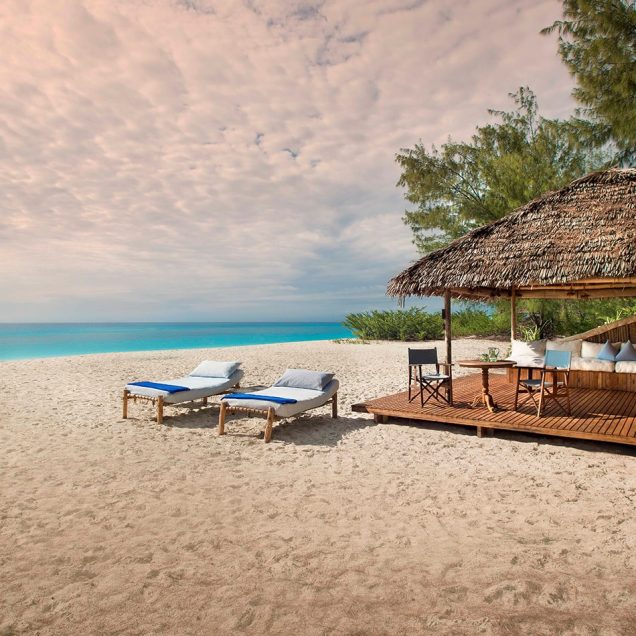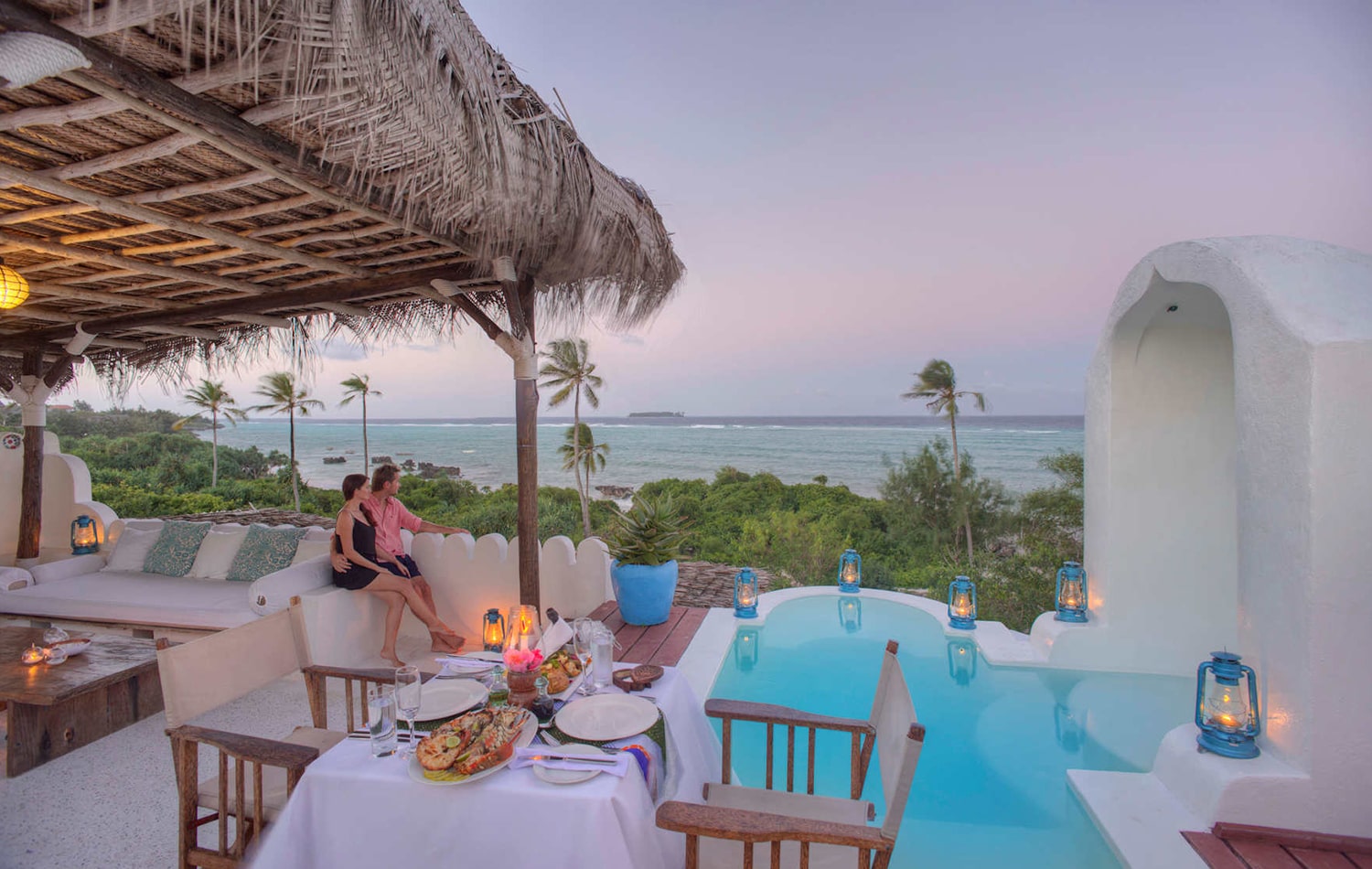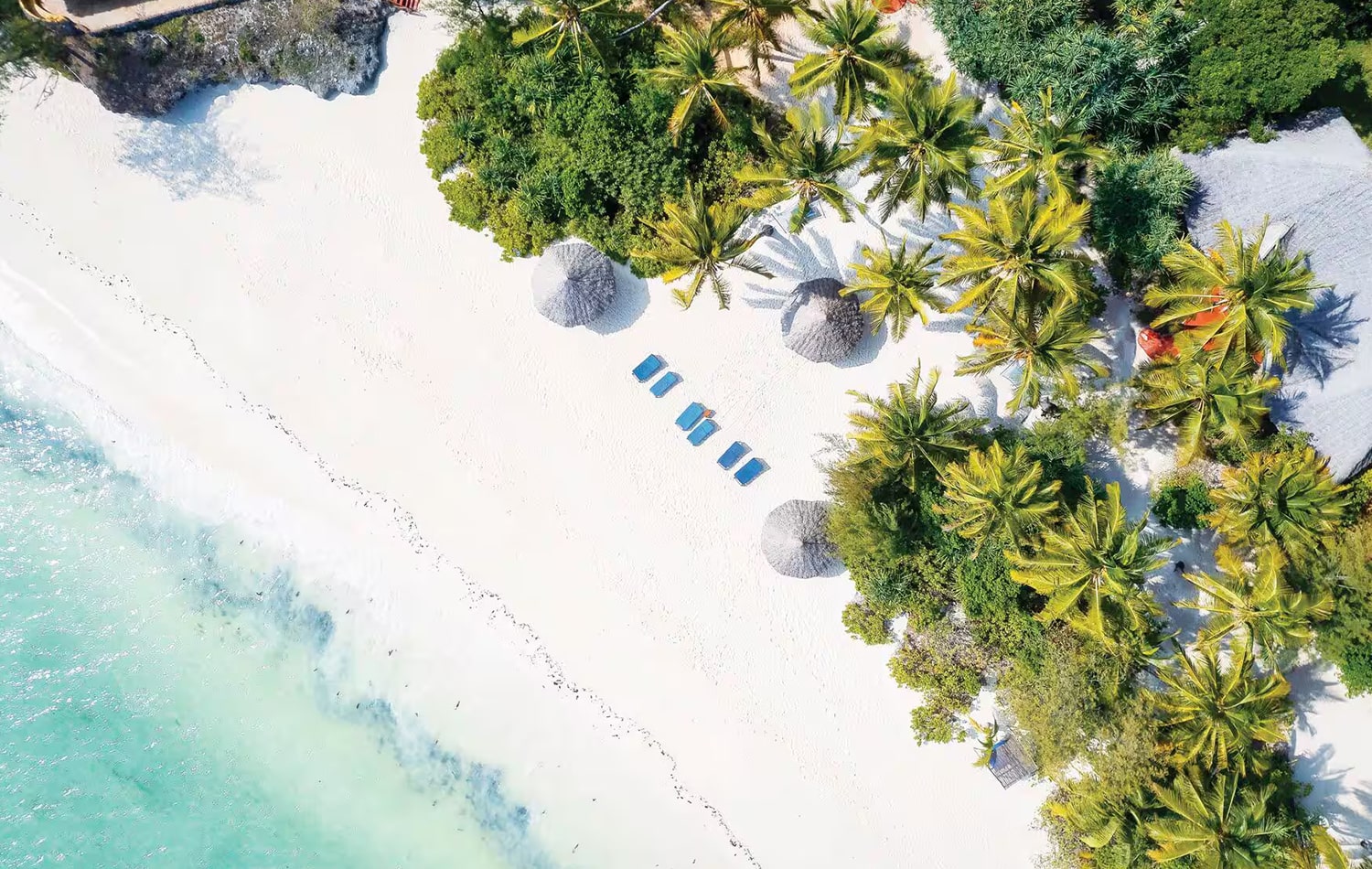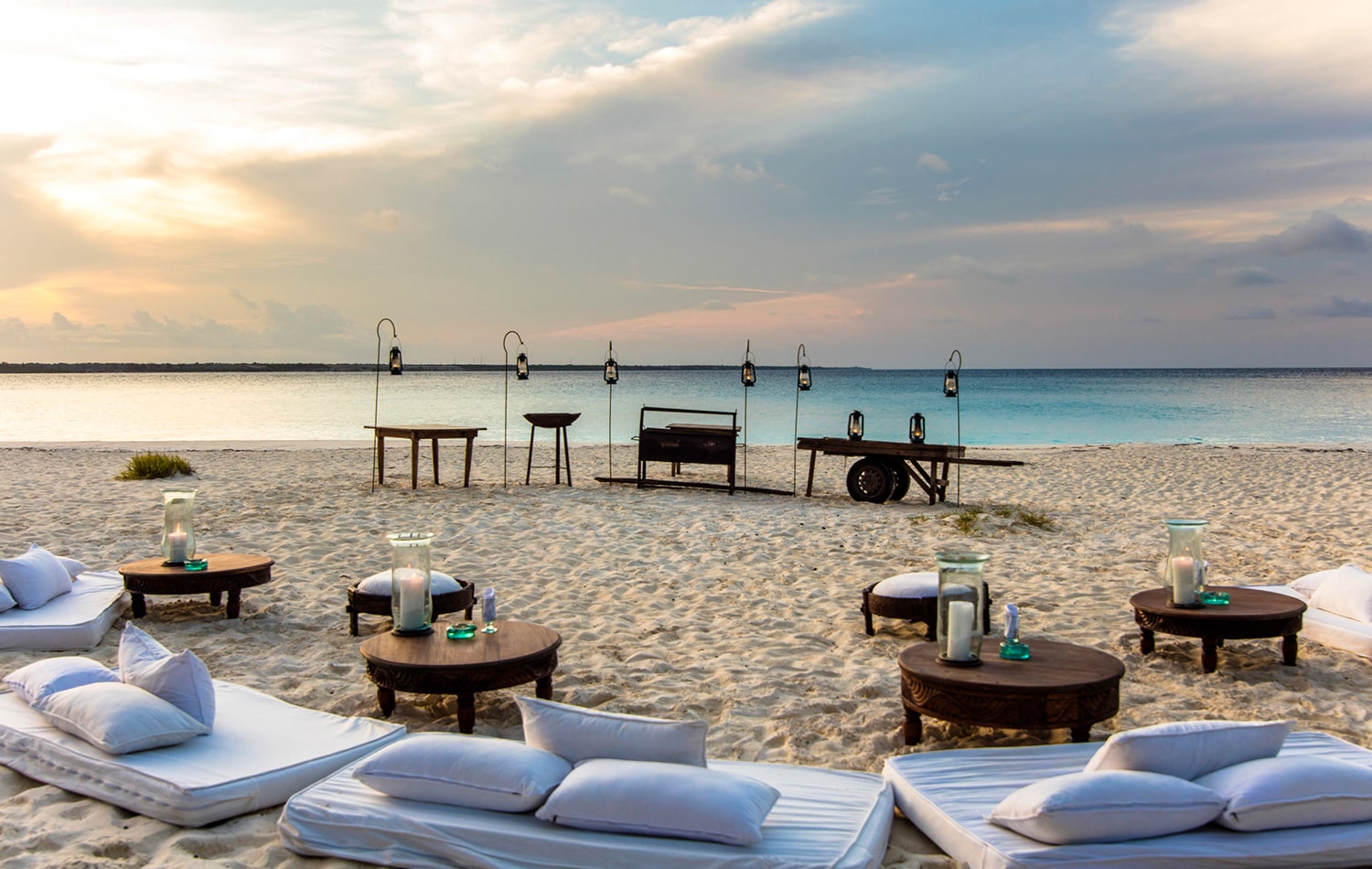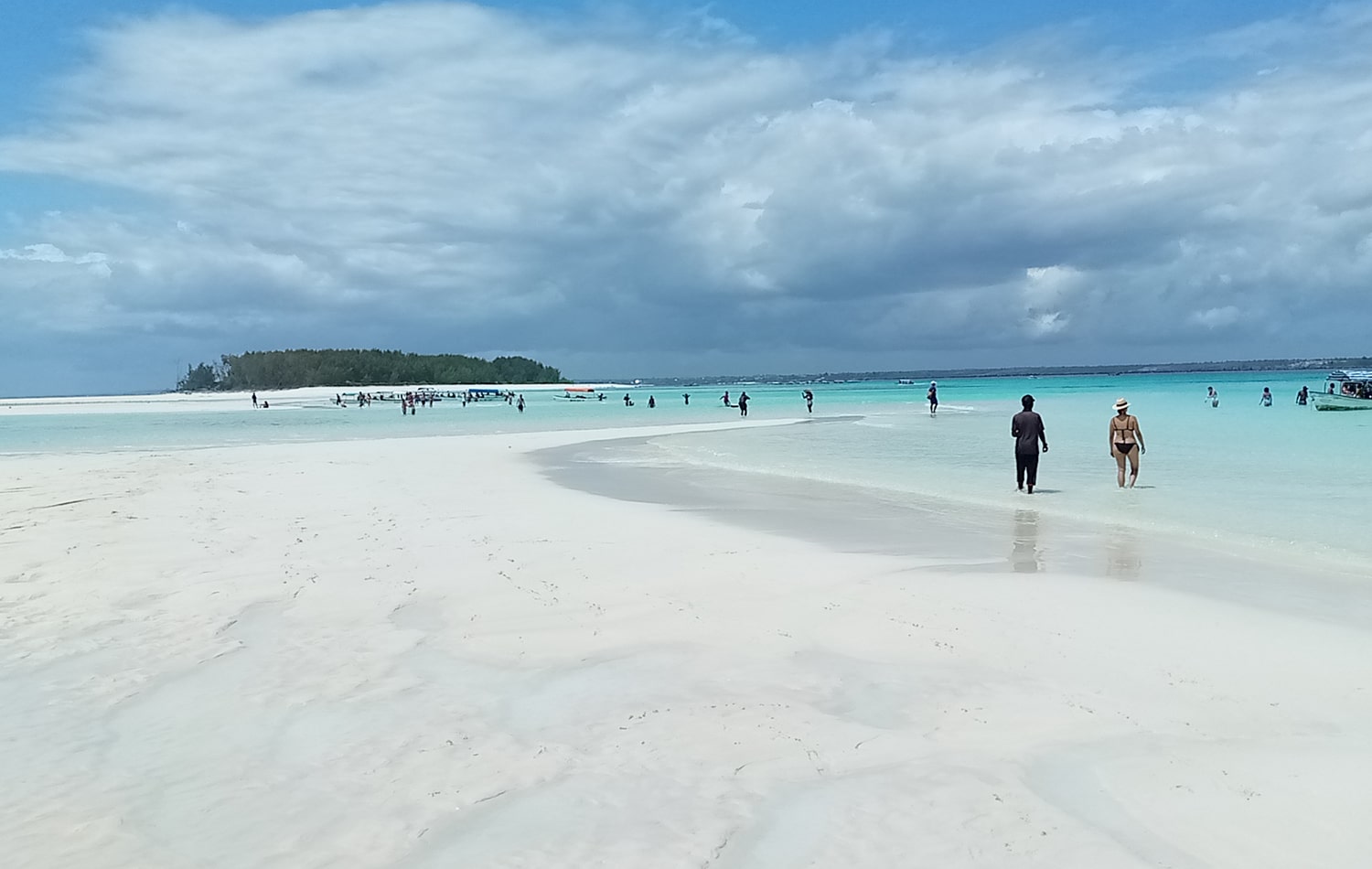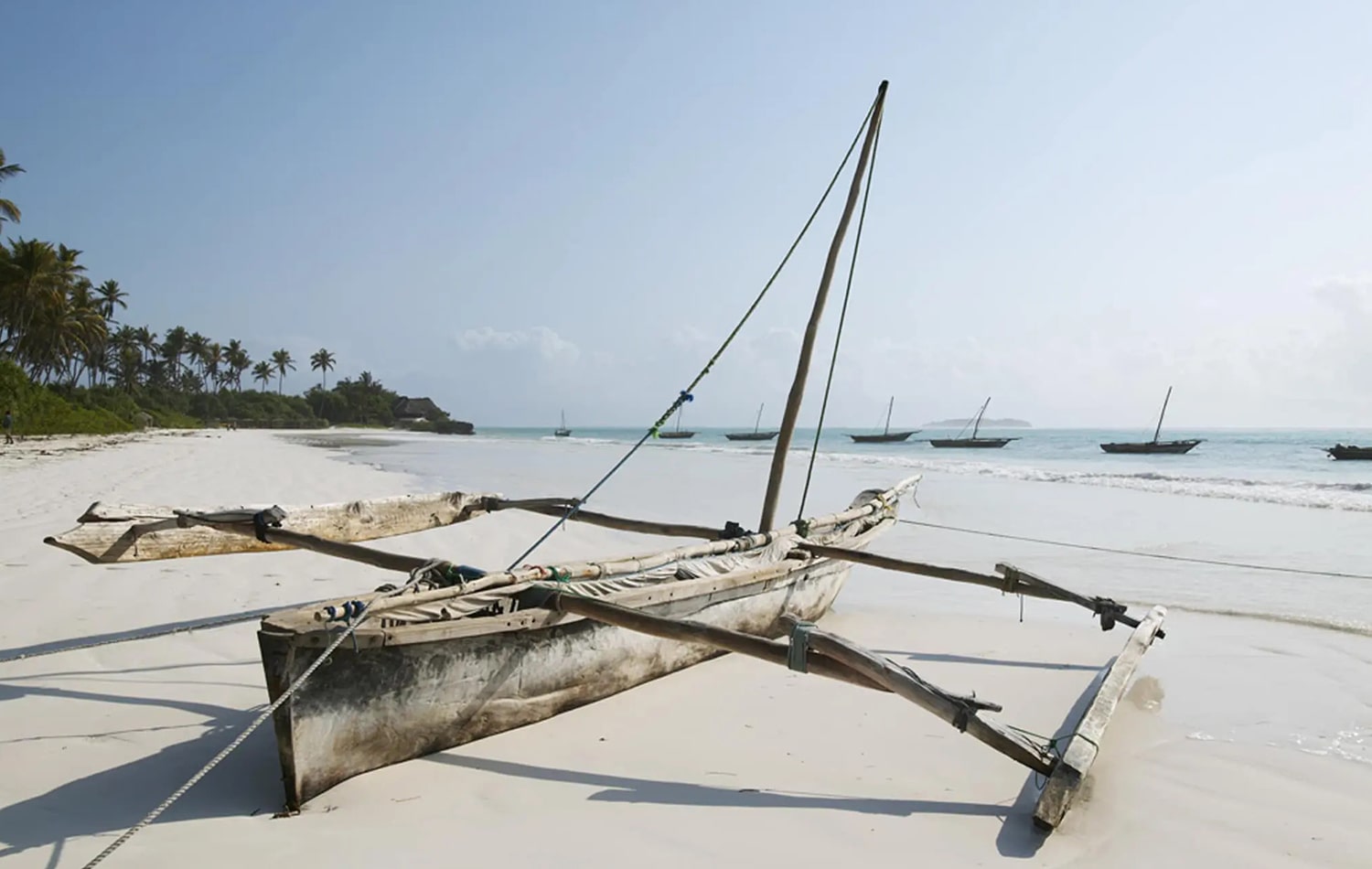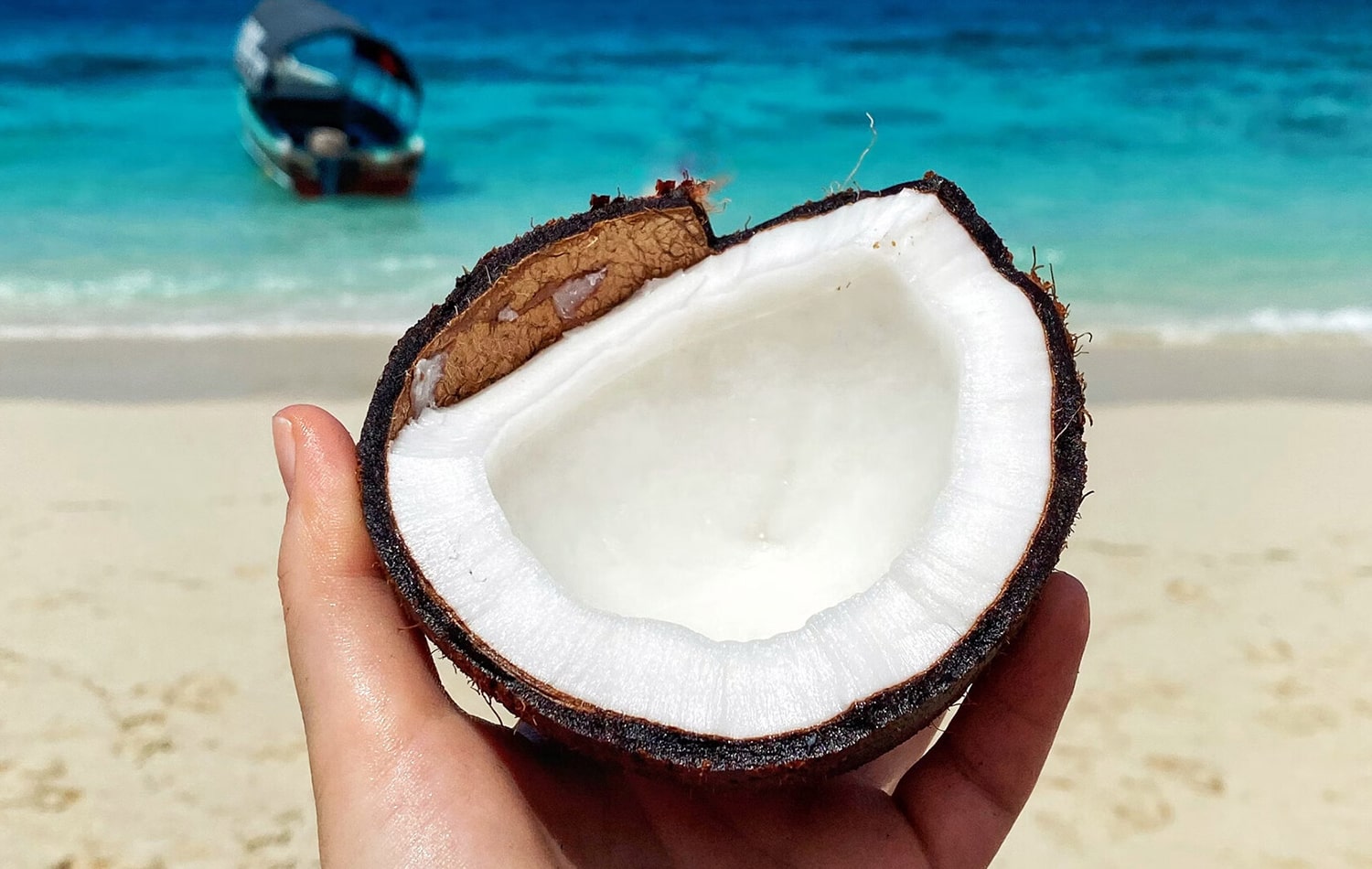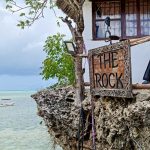

Overview
The North Coast of Zanzibar offers a perfect blend of natural beauty and coastal adventure. Home to popular villages like Matemwe and Kiwengwa, the area features pristine white-sand beaches, calm turquoise waters, and vibrant coral reefs. It’s ideal for snorkeling, diving, and peaceful getaways. The atmosphere is relaxed, with upscale resorts and quiet fishing villages creating a balanced mix of comfort, culture, and tropical charm.
Sights
Map
Info
Untouched Beauty and Idyllic Beaches
The East Coast of Zanzibar is a spectacular stretch of shoreline renowned for its pristine, powdery white beaches and crystal-clear turquoise waters. Unlike the more bustling parts of the island, this area retains a peaceful and almost untouched charm, making it a perfect retreat for travelers seeking tranquility and natural beauty. Villages like Matemwe and Kiwengwa are dotted with beachfront resorts, small guesthouses, and local homes that blend seamlessly into the tropical surroundings. The beaches here are expansive, often lined with tall coconut palms gently swaying in the ocean breeze.
One of the unique aspects of the East Coast is its varied coastline — from soft sandy beaches perfect for sunbathing and long walks to rocky outcrops where fishermen launch their traditional dhows. The tides here can be quite dramatic, revealing large coral flats at low tide but allowing for enjoyable swimming during high tide. Whether you’re relaxing under the sun, enjoying a leisurely stroll along the shore, or simply soaking in the breathtaking sunrise over the Indian Ocean, the East Coast offers an idyllic setting that feels far removed from the rush of daily life.
Marine Wonders and Outdoor Adventures
The East Coast of Zanzibar is a paradise for marine enthusiasts and adventure seekers. The vibrant coral reefs just offshore provide some of the best snorkeling and diving opportunities on the island. Matemwe, in particular, is famous for its proximity to Mnemba Atoll, a marine conservation area teeming with colorful fish, sea turtles, dolphins, and stunning coral formations. Dive centers along the coast offer guided snorkeling and scuba trips, allowing visitors to explore underwater gardens rich in biodiversity. For those who prefer staying above water, the coast is ideal for kayaking, paddleboarding, and even kite surfing during the windy season.
The calm, shallow waters at low tide create natural pools perfect for swimming and spotting starfish or small reef creatures. Beyond water activities, visitors can enjoy dhow cruises, traditional wooden sailboats that glide gracefully across the ocean, especially at sunset when the sky lights up in fiery hues. These experiences combine to create a perfect mix of relaxation and excitement, allowing travelers to connect with Zanzibar’s spectacular marine environment in unique and memorable ways.
Local Culture and Sustainable Tourism
While the East Coast boasts natural beauty, it also offers a rich cultural experience rooted in the island’s Swahili heritage. The fishing villages scattered along the coast, like Matemwe and Pongwe, provide a glimpse into the daily lives of local communities who have lived in harmony with the ocean for generations. Visitors can witness traditional fishing techniques, participate in village tours, or enjoy authentic Swahili cuisine made from freshly caught seafood and locally grown spices. Many resorts and tour operators in the area emphasize sustainable and responsible tourism, working closely with communities to preserve the environment and cultural identity.
This approach ensures that tourism benefits the locals while protecting the fragile coastal ecosystems and coral reefs. Additionally, the area is a hub for eco-friendly initiatives, including coral reef restoration projects and seaweed farming cooperatives that support women’s empowerment. For travelers who value meaningful experiences and wish to support ethical tourism, the East Coast of Zanzibar offers a unique blend of cultural immersion and environmental stewardship, making every visit impactful and rewarding.

